With shifting global alliances, rising nationalism, and trade wars seemingly always one bad tweet away, both the United States and Canada are navigating murky tariff waters. But despite being neighbors and major trading partners, the two countries are reacting in notably different ways. Here are 24 key differences in how each country is handling the global tariff turmoil.
Strategic Tone: Diplomatic vs. Defiant

Canada’s response to tariffs has been rooted in diplomacy and alignment with allies. When hit with steel and aluminum tariffs in 2018, Canada sought WTO rulings and rallied G7 support. The U.S., however, often leads with confrontation. The U.S. has adopted a predominantly defiant posture in its tariff campaign—issuing steep threats (25–35%) and framing them as leverage (“we’ve got the leverage here”) to compel concessions from key allies, such as Canada, and others. President Trump’s rhetoric, citing issues like fentanyl smuggling to justify a proposed 35% tariff on Canadian exports, reflects a punitive, negotiation-through-pressure strategy.
Use of the WTO
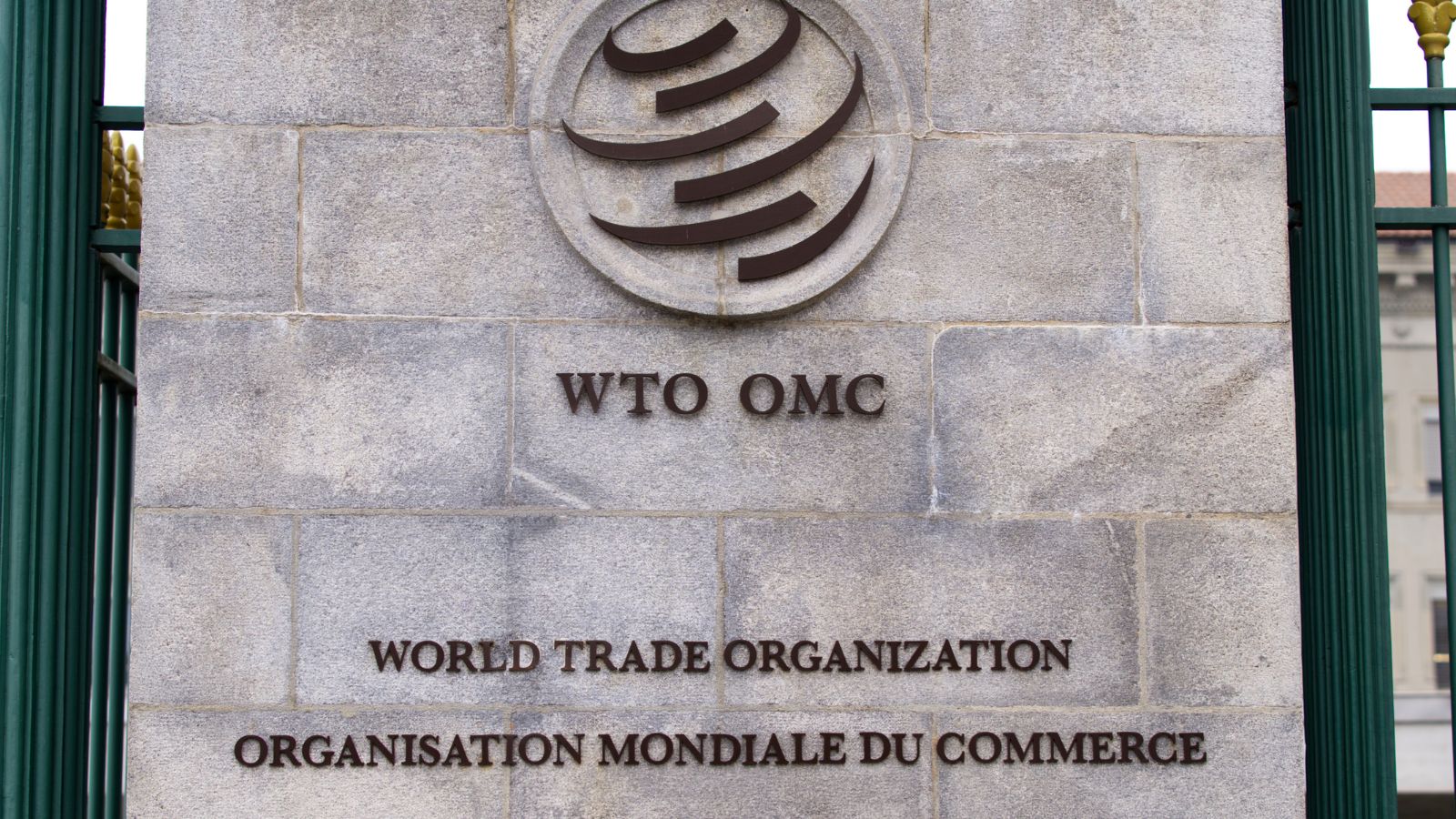
Canada has leaned heavily on the WTO, using formal dispute processes to counter U.S. tariffs, while the United States has largely bypassed WTO procedures, favoring unilateral emergency powers. Canada initiated WTO consultations in March 2025 regarding U.S. 25% steel and aluminum tariffs, as well as energy import duties, citing violations of its WTO and USMCA obligations. Meanwhile, the U.S. under Trump is increasing tariffs, up to 35 % on Canadian goods, including steel, autos, and dairy, by invoking emergency legal authority and tying them to geopolitical issues like fentanyl and defense.
Tariff Justification Framework

Canada typically justifies tariffs in response to unfair trade practices or as a retaliatory measure. Ottawa emphasizes proportionality, linking tariffs to trade infractions, and maintains exemptions & fiscal aid packages to cushion domestic impacts. The U.S. has, however, stretched definitions, such as invoking national security under Section 232 for steel imports from allies —a move that Canada has avoided. Tariffs are also portrayed as tools for reciprocity, to coerce production here, generate budget revenue, and protect domestic industry.
Sectoral Focus

The U.S. tariff strategy has a sectoral focus on manufacturing-intensive industries (including steel, aluminum, autos, copper, semiconductors, and pharmaceuticals), deploying sweeping unilateral tariffs (25–50%, and even up to 200%) under Section 232 and reciprocal trade actions. The goal is to protect domestic producers and encourage reshoring, although critics warn of potential inflation and disrupted supply chains. Canada’s tariff response is narrower and often sector-specific, targeting U.S. products such as yogurt, ketchup, and steel.
Political Narrative
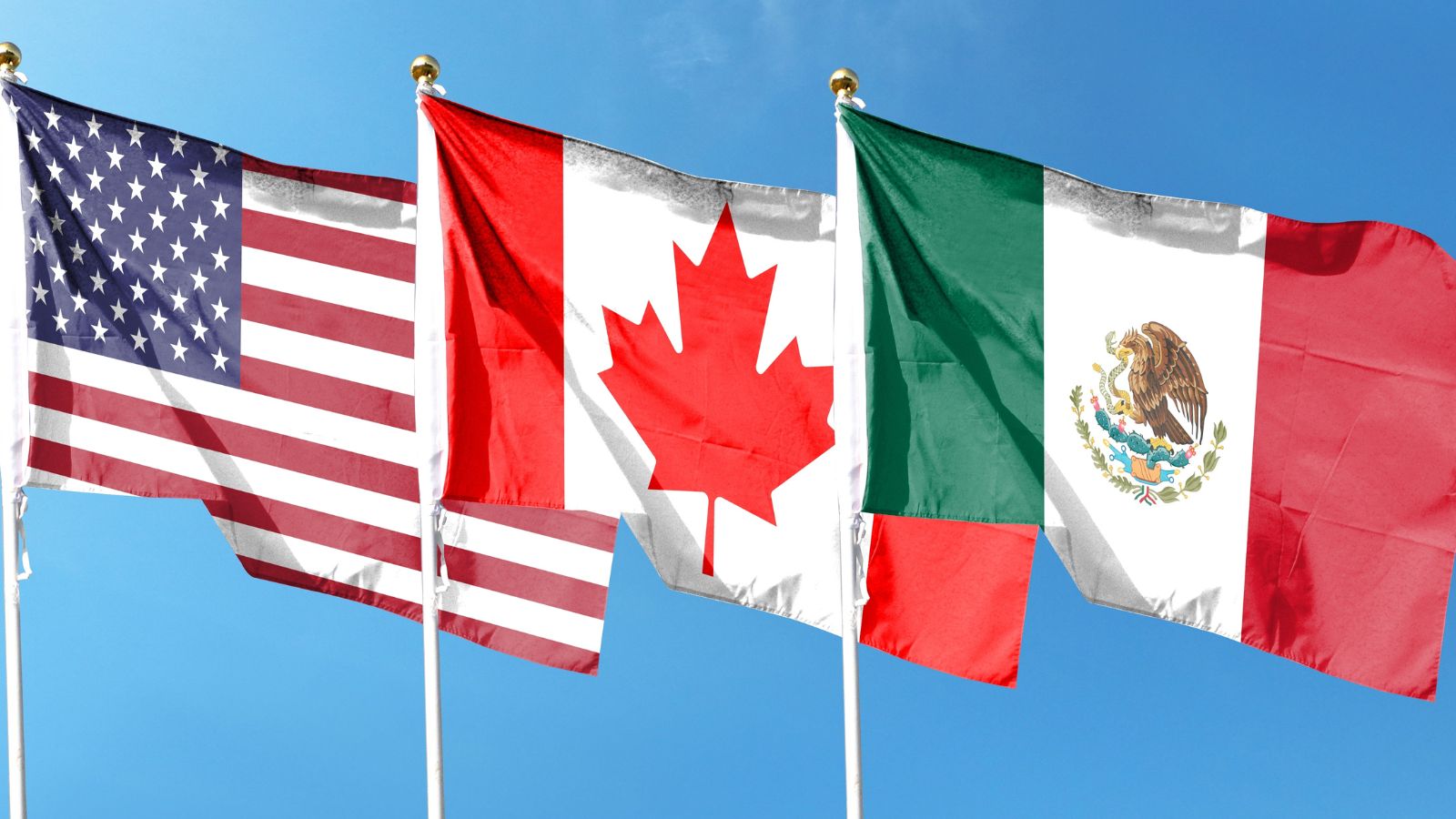
In Washington, President Trump has pitched the tariffs as a matter of “national security” and economic leverage, linking them to issues like border control, fentanyl flows, and trade imbalances, branding them as necessary tools to pressure allies like Canada, the EU, Mexico, and Brazil. In Ottawa, Canada’s political discourse emphasizes sovereignty, patriotism, and national unity. Prime Minister Mark Carney and opposition figures have denounced the U.S. move as unjustified, rallying public support for retaliatory tariffs and a “Buy Canadian” movement, anchored in polling that shows 91% of Canadians favor reducing U.S. reliance.
Public Consultation Process

Canada’s approach to its retaliatory tariffs notably includes a robust public consultation process, illustrating a more participatory policy compared to the U.S. First, Canada’s “Notice of Intent” (March 4 – April 2, 2025) invited public and industry feedback on an additional C$125 billion tranche of tariffs before finalizing the list. Participants could comment on tariff scope, economic impact, and product inclusion, with the government committing to incorporating submissions into its final decisions. The U.S. often moves faster, issuing executive orders with limited public input.
Timing and Speed

The U.S. has pursued a rapid, front-loaded tariff strategy, issuing wide-ranging 25% levies on Canadian goods (10% for energy) effective February 4, 2025, and then delaying them by a month until March 4 after talks. It swiftly escalated, doubling steel and aluminum tariffs to 50% on June 4 and threatening blanket 35% tariffs on Canadian imports by August 1. The U.S. has also used strict timelines and surprise executive orders to press for negotiations, pausing some duties briefly (e.g., CUSMA exemptions) but generally pushing them through quickly. However, Canada’s actions are more measured, often delayed by efforts to resolve issues diplomatically first.
Regional Sensitivities
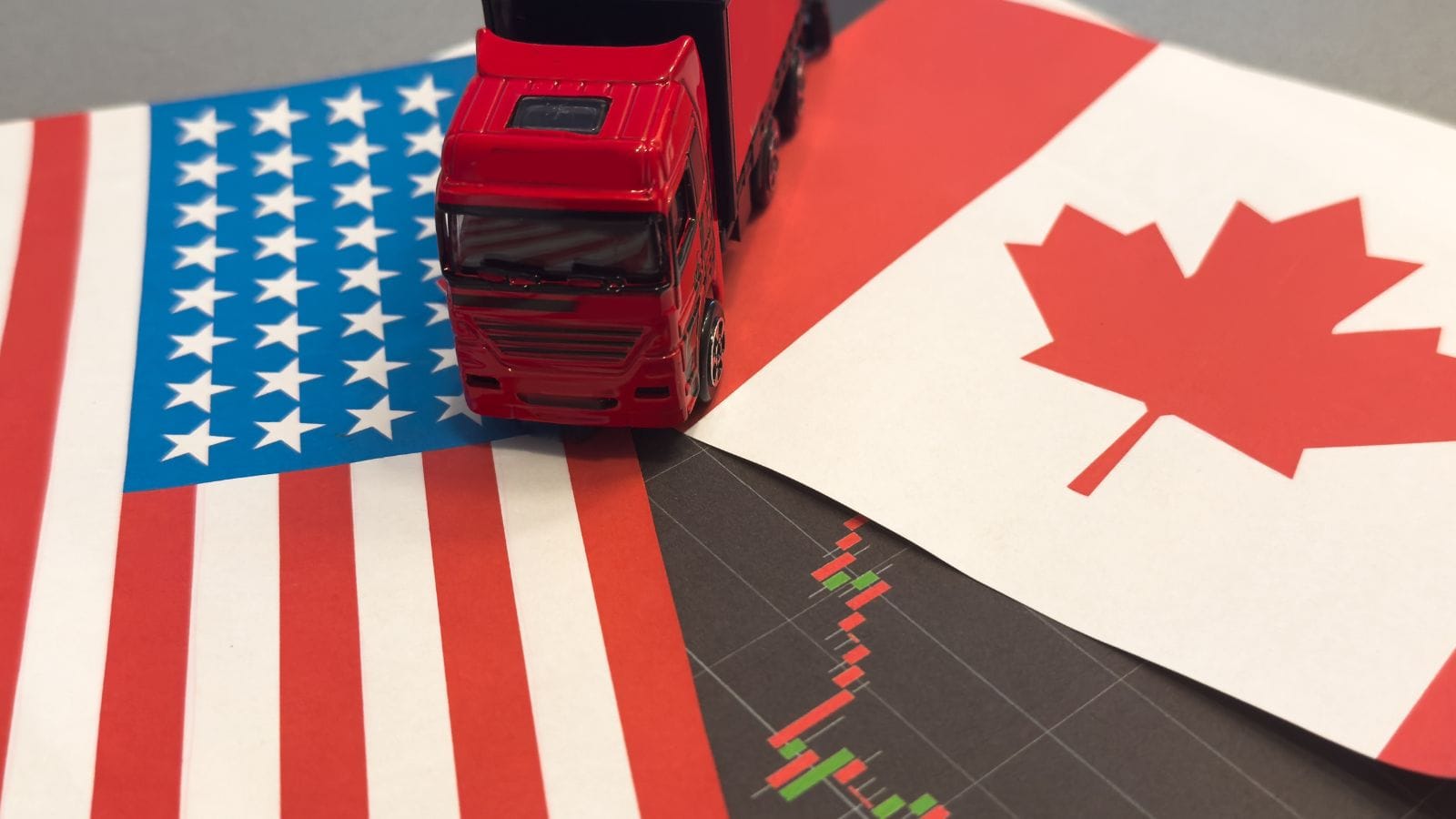
The U.S. and Canada are approaching tariff pressures with markedly different sensitivities grounded in their economic integration and political strategies. Canada attempts to protect regional economies by tailoring tariffs, such as exempting certain U.S. goods that are not available domestically. The U.S., under President Trump, has aggressively escalated tariffs, most recently proposing a sweeping 35% levy on Canadian goods beginning August 1, while maintaining steep rates of 50% on steel and aluminum, 25% on autos and non-USMCA-compliant products, and 10% on energy and potash.
Role of Industry Lobbying

In both countries, lobbying plays a role, but it manifests differently. In the U.S., industries lobby for protective tariffs (e.g., steelmakers), while in Canada, industries lobby for exemptions and minimal damage (e.g., auto manufacturers). In the U.S., influential corporate players—especially automakers like Ford, General Motors, and Stellantis—mobilized swiftly, warning that new tariffs would hike vehicle costs by up to $9,000, threaten jobs, and destabilize integrated supply chains. In sum, U.S. responses were shaped by elite corporate influence behind closed doors, while Canada’s approach emerged from broad-based industrial lobbying tied to national public campaigns.
Legal Mechanisms

Canada uses trade remedy laws under the WTO and CUSMA (formerly NAFTA). Ottawa issued two waves of 25 percent retaliatory tariffs on specific U.S. imports (C$30 billion in February and C$125 billion later) via formal Orders‑in‑Council. The U.S. frequently invokes domestic trade laws, like Sections 232 and 301, which allow for more unilateral action.
Impact on Consumers

Tariffs in the U.S. often result in immediate consumer price hikes due to broader and more aggressive tariffs. Canada’s targeted tariffs aim to minimize the domestic consumer impact, although some costs are still passed down. Bank of Canada analysis suggests that approximately 75% of tariff costs are passed through to the CPI over an 18-month period, prompting policies such as tariff exemptions and tariff-loan facilities to help Canadians absorb price pressure. All in all, while U.S. consumers bear the brunt of broader, tariff-driven inflation, Canada employs a more targeted and mitigating strategy to shield its households.
Subsidy Strategy

Canada is more likely to subsidize affected industries quietly, through support programs. The U.S. has used large-scale public bailouts, such as a $28 billion aid package to farmers hurt by Chinese retaliatory tariffs. Canada, by contrast, initially imposed 25% counter-tariffs on $30 billion in U.S. goods (potentially tripling to $75 billion) and established the Large Enterprise Tariff Loan Facility to support firms affected by the duties. Additionally, Ottawa is preparing to provide direct financial backing to aluminum producers and accelerate infrastructure spending to maintain economic resilience.
Use of Retaliation
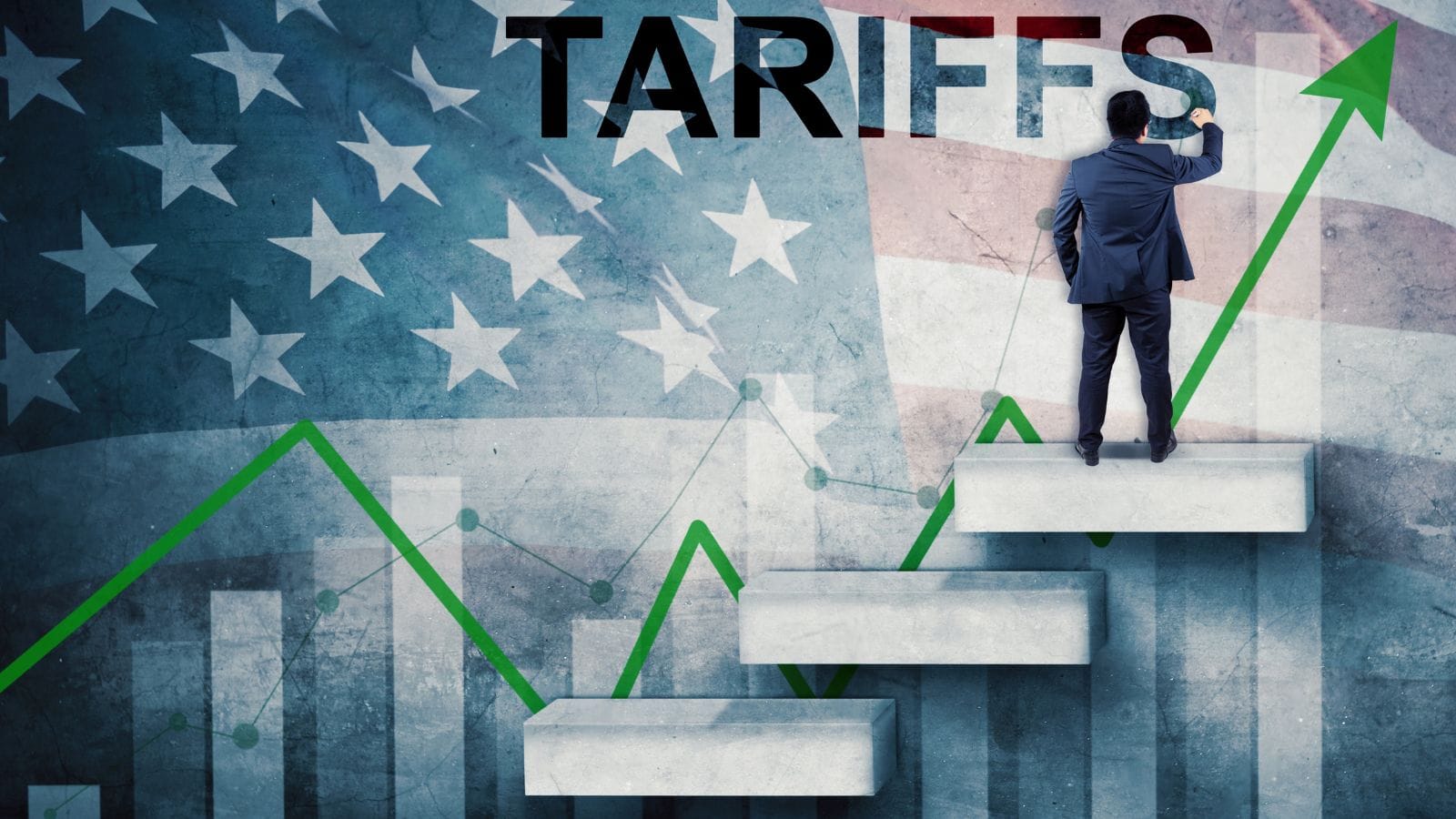
Canada retaliates proportionally and transparently. Its tariff lists often match the value of the initial tariffs. The U.S. retaliates more assertively, often escalating rather than matching its opponent’s actions. The U.S. has repeatedly escalated tariffs, raising metal duties from 25% to 50% in June and threatening a sweeping 35% tariff on Canadian imports starting August 1. Canada’s retaliation is strategic and targeted—both in timing and product scope—while the U.S. employs broad, aggressive tariff hikes. This reflects a key difference: Canada opts for calibrated, reciprocal measures to retain negotiation space; the U.S. pursues blunt, unilateral pressure to force compliance.
Communication Style

Canadian officials tend to use calm, measured language, even when criticizing tariffs. Prime Minister Mark Carney and Foreign Minister Anita Anand have emphasized the importance of negotiation and multilateral engagement, opting to delay doubling counter-tariffs while pursuing a broader trade diversification strategy with ASEAN. Canadian officials frame their response as a principled defense of workers, relying on data to dispute U.S. claims and highlighting the cohesive unity of their domestic policies.
Media Framing

In Canada, the media often focus on diplomatic channels and economic impacts. In the U.S., media discussions frequently revolve around geopolitical strength and domestic political wins. Additionally, Canadian outlets emphasize cooperative diplomacy, urging Ottawa to counterbalance U.S. action through measured retaliation while fostering domestic unity. As a result, framing in the U.S. tends towards a hard-line, security-first posture, whereas in Canada, it emphasizes economic nationalism, collective identity, and the preservation of strategic alliances.
Trade Diversification Efforts

Canada has ramped up trade diversification, signing deals with the EU (CETA), Pacific nations (CPTPP), and South America. Ottawa is negotiating a comprehensive FTA with ASEAN, expanding ties via the Indo-Pacific Strategy—including CPTPP-linked missions to Japan, Indonesia, Australia—and boosting trade with the EU, U.K., and Japan. Government data also show that Canadian exports to the U.S. dropped from 78% to 68% of total exports over the past year, as shipments to the U.K., EU, Australia, Indonesia, and Japan surged—gold exports to the U.K. alone increased by 473%. The U.S., on the other hand, has withdrawn from multilateral trade agreements and prefers bilateral agreements.
North American Trade Focus
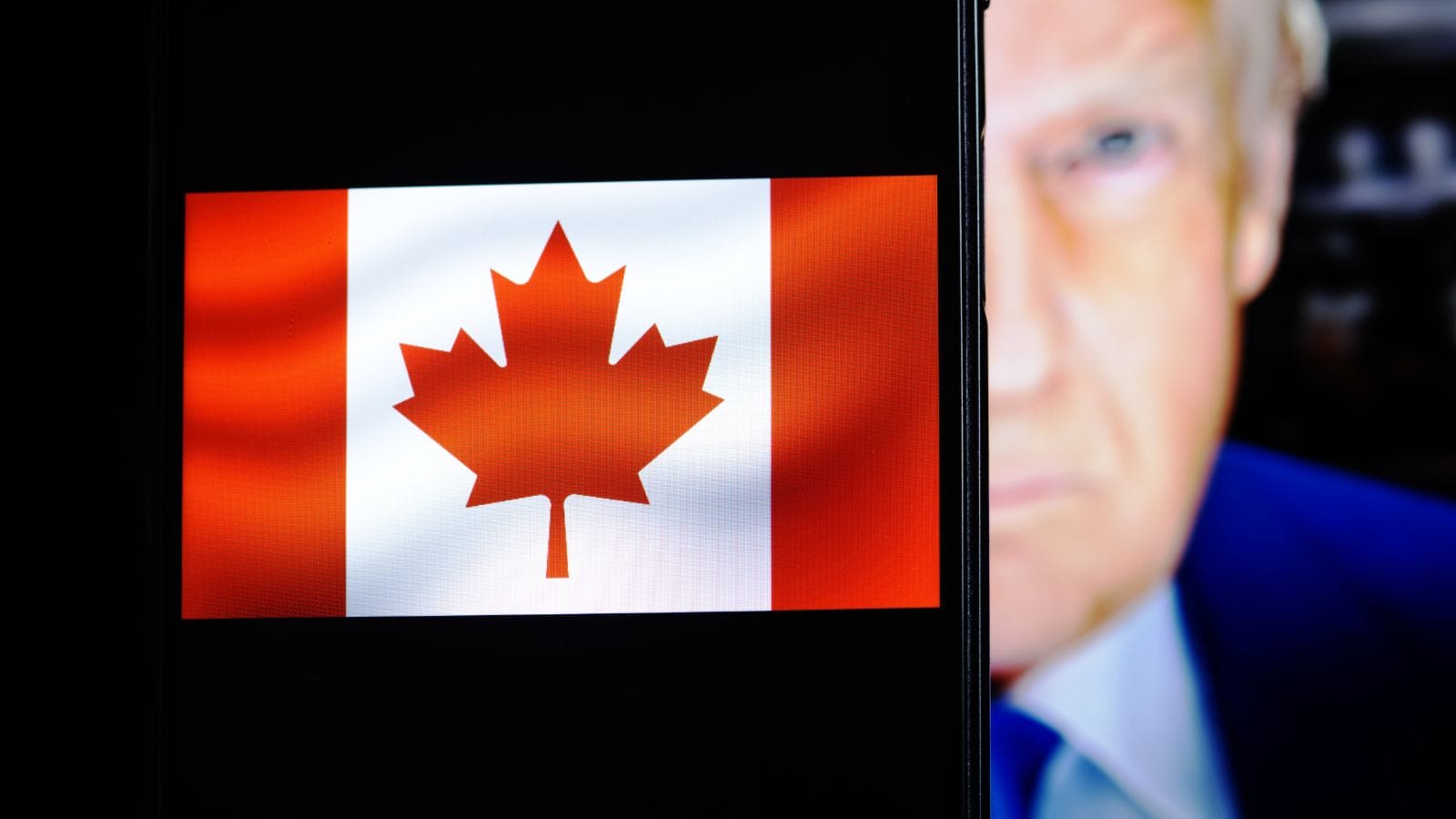
The U.S. and Canada’s tariff responses illustrate contrasting strategic priorities within North American trade dynamics. Under President Trump, the U.S. has broadly deployed aggressive tariffs—25% on Canadian imports (with a 10% exception for energy), steel/aluminum at 50%, and a planned 35% blanket tariff on Canada starting August 1, 2025—framed as tools to address trade deficits, national security, and fentanyl trafficking. By contrast, Canada, under Prime Minister Mark Carney, has emphasized measured and diversified retaliation. Rather than escalating blanket duties, Canada has targeted selected U.S. goods, maintaining retaliatory tariffs at 25% on approximately CA$30 billion of American exports, with a cautious rollout of an additional CA$125 billion in tariffs.
Approach to China
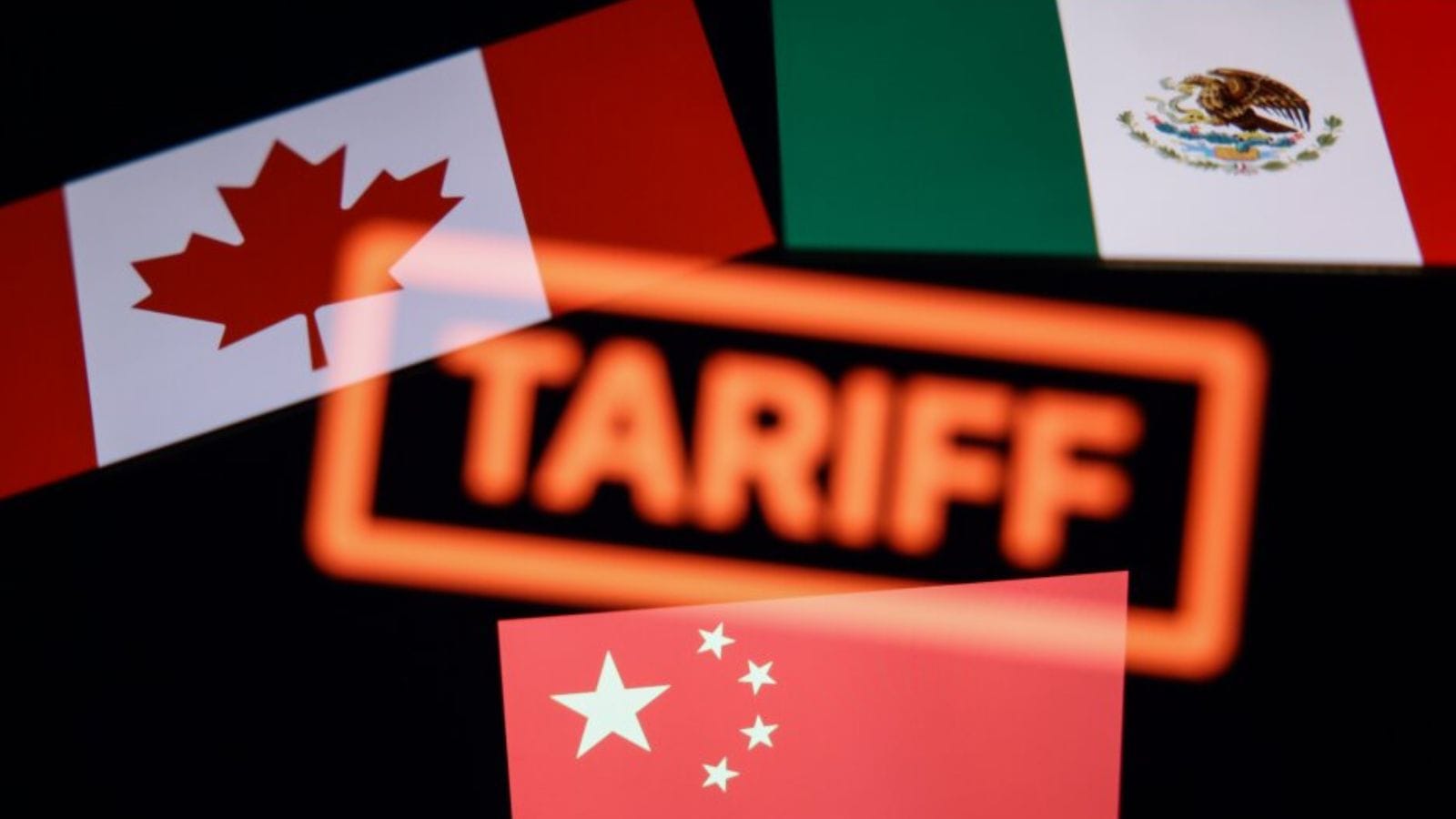
The U.S. has waged an open trade war with China, imposing tariffs on hundreds of billions of dollars in goods. Canada has taken a more cautious approach, imposing limited tariffs while seeking support from the WTO. Ottawa grounds its strategy in WTO rules and careful reciprocity, aiming to shield key industries (like canola and steel) while keeping most trade relations intact. Additionally, Canada’s calibrated retaliation aims to strike a balance between industry defense and minimizing domestic fallout. In essence, while the U.S. opts for sweeping economic pressure, Canada favors proportionate, rule-based counter‑tariffs grounded in trade law.
Tariff Loophole Strategy
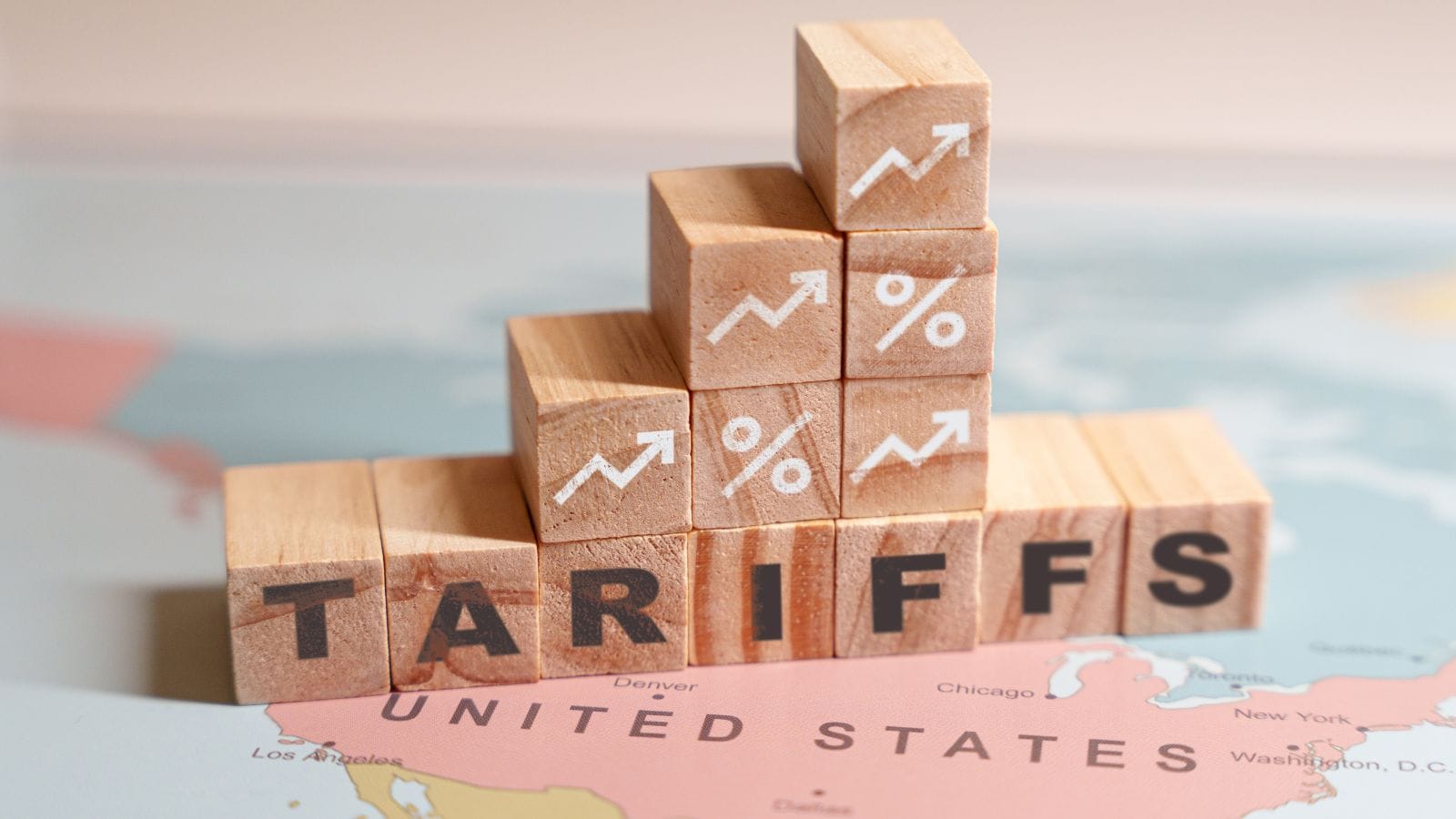
The U.S. has increasingly targeted the longstanding “de minimis” loophole—a tariff exemption for small parcels under US$800—to clamp down on low-value imports, citing concerns over fentanyl precursors and unfair use by e-commerce platforms like Shein and Temu. In February 2025, the U.S. closed this exemption for Canada, Mexico, and China, reinstated it only temporarily after protests, and linked it to broader “fentanyl tariffs” and national security measures. Canadian businesses often rebrand or reroute goods to bypass tariffs. The U.S. is more focused on enforcement and customs crackdowns, including placing pressure on transshipped goods.
Inter-Governmental Coordination

Canada’s federal and provincial governments coordinate on tariff response, often holding joint consultations. In the U.S., states have little input—most decisions are centralized in Washington. However, analysts note that Canada still lacks a longstanding institutional framework for inter-governmental trade policymaking—what one might call a “fragile spirit of unity” without formal governance protocols. While Ottawa leads tariff planning and WTO challenges, provinces initiate their own targeted responses (e.g., liquor bans, procurement reviews), underscoring a cooperative yet ad‑hoc approach. This stands in contrast to the U.S.’s top-down model, illustrating Canada’s preference for consensus-driven, multi-level coordination in trade negotiations.
Role of Public Opinion

In the U.S., there’s more support for tariffs among specific demographics, particularly in manufacturing states. In Canada, public sentiment has hardened significantly. Around 57% of Canadians report feeling angry in response to U.S. tariffs, with 80% believing they damage both economies, and 91% supporting a reduced reliance on the U.S. This has fueled a “Buy Canadian” boycott, widespread branding changes, and boycott tools, signaling a firm national resolve. In short, American pushback limits tariff escalation, whereas Canadian public outrage drives assertive countermeasures and rapid diversification of trade relationships.
Tech and Digital Tariffs

The U.S., under President Trump, has aggressively leveraged tariffs—raising duties on Canadian steel and aluminum and threatening a sweeping 35% tariff on Canadian goods starting August 1, 2025—to pressure Canada into rescinding its 3% digital services tax (DST) on U.S. tech giants. Washington views the DST as discriminatory and in violation of USMCA obligations, framing it as an economic threat to favored American firms. In contrast, Ottawa, after enacting the DST on 28 June 2024, reversed course on 29 June 2025, citing the need to resume key trade negotiations, albeit while maintaining broader counter‑tariffs under the U.S.–Canada trade war framework.
Legal Challenges and Appeals

Canada pursues legal appeals through the WTO and CUSMA panels. Meanwhile, in the U.S., importers and several states filed suits challenging former President Trump’s “Liberation Day” tariffs under the International Emergency Economic Powers Act (IEEPA). In May 2025, the U.S. Court of International Trade struck down the regulations as unconstitutional, asserting that IEEPA lacks the authority to impose sweeping tariffs. However, the Federal Circuit temporarily stayed the ruling pending a July 31, 2025, appeal hearing. Overall, Canada emphasizes rule-based dispute resolution, while U.S. tariffs undergo intense judicial scrutiny domestically.
Long-Term Vision
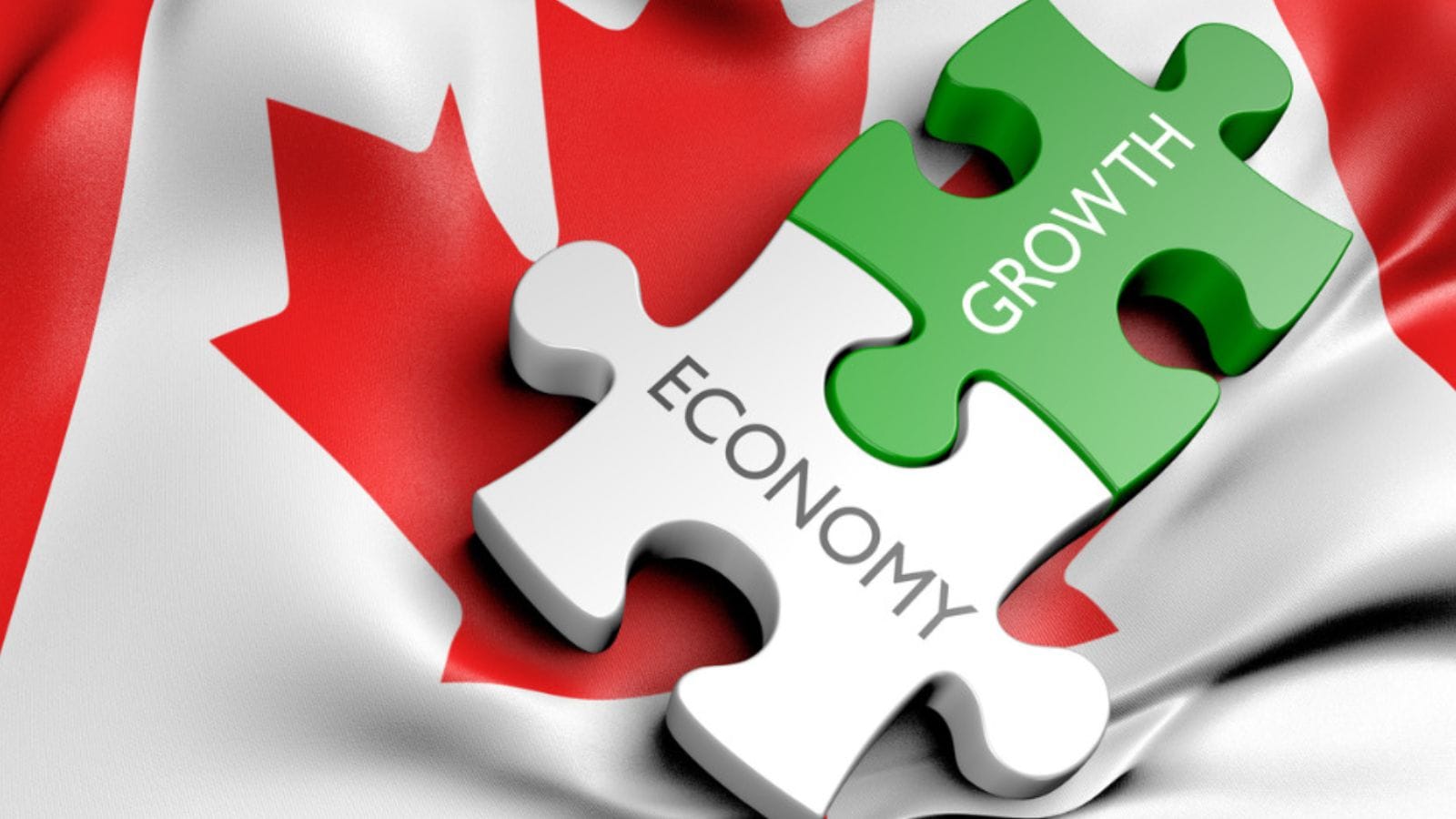
Economists caution that complete decoupling is unlikely, as Canada remains tightly integrated through its supply chains. The Bank of Canada projects tariffs could reduce Canada’s GDP by around 2 % over the long term. Meanwhile, the U.S. approach under the Trump administration remains transactional, aiming to invoke tariffs—up to 35% on Canadian steel, aluminum, and autos—as leverage to achieve short-term policy goals (e.g., fentanyl enforcement and trade deficit reduction), rather than investing in structural economic shifts.
21 Products Canadians Should Stockpile Before Tariffs Hit

If trade tensions escalate between Canada and the U.S., everyday essentials can suddenly disappear or skyrocket in price. Products like pantry basics and tech must-haves that depend on are deeply tied to cross-border supply chains and are likely to face various kinds of disruptions
21 Products Canadians Should Stockpile Before Tariffs Hit
